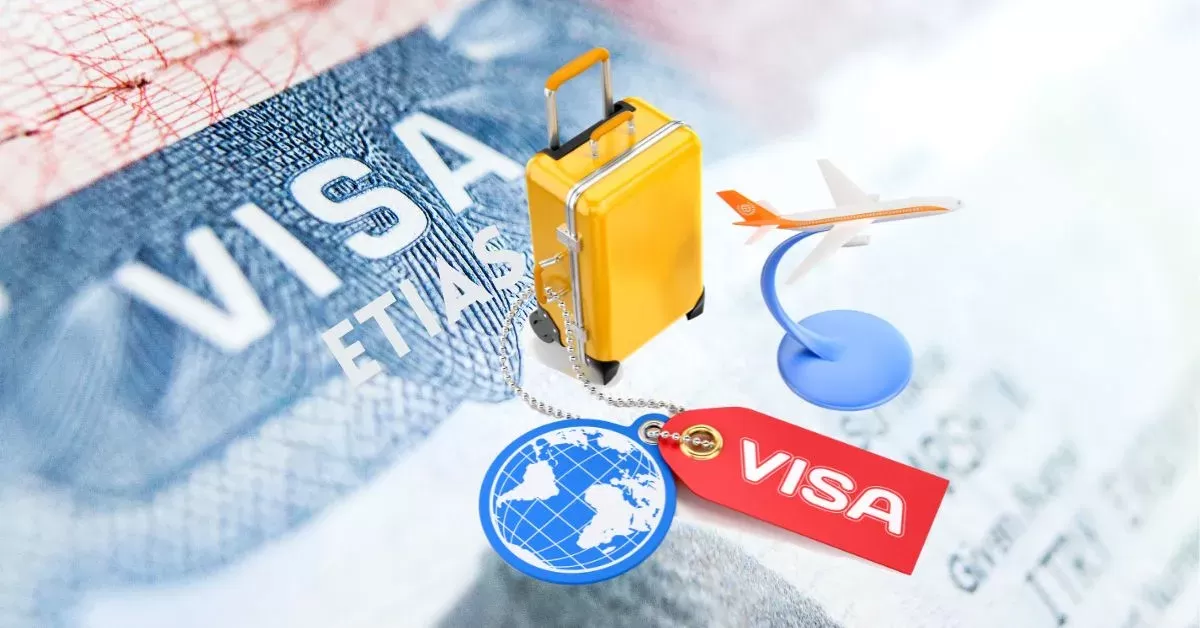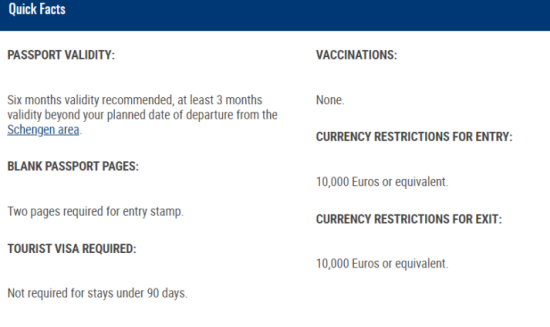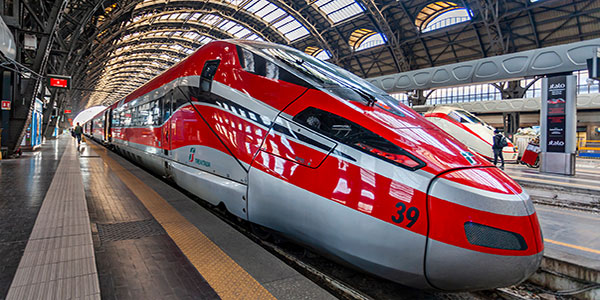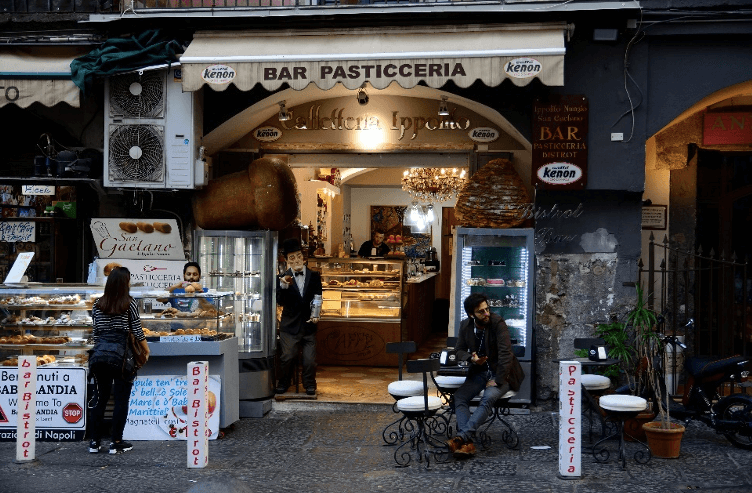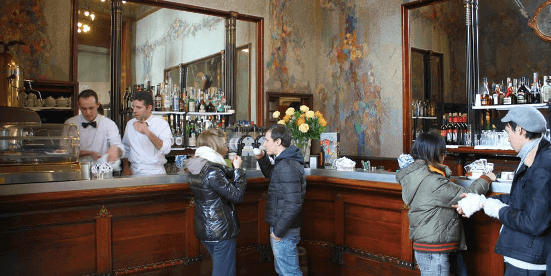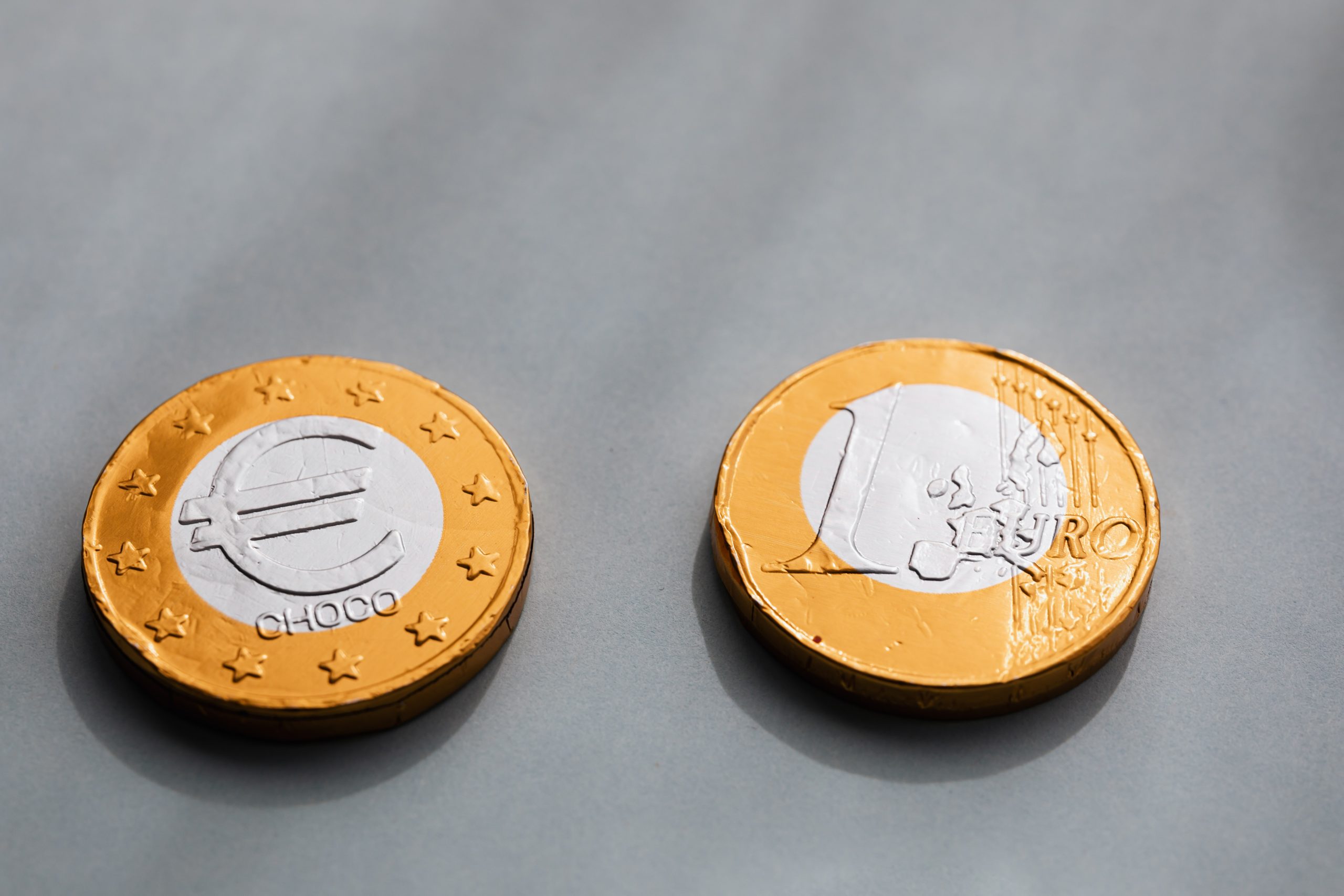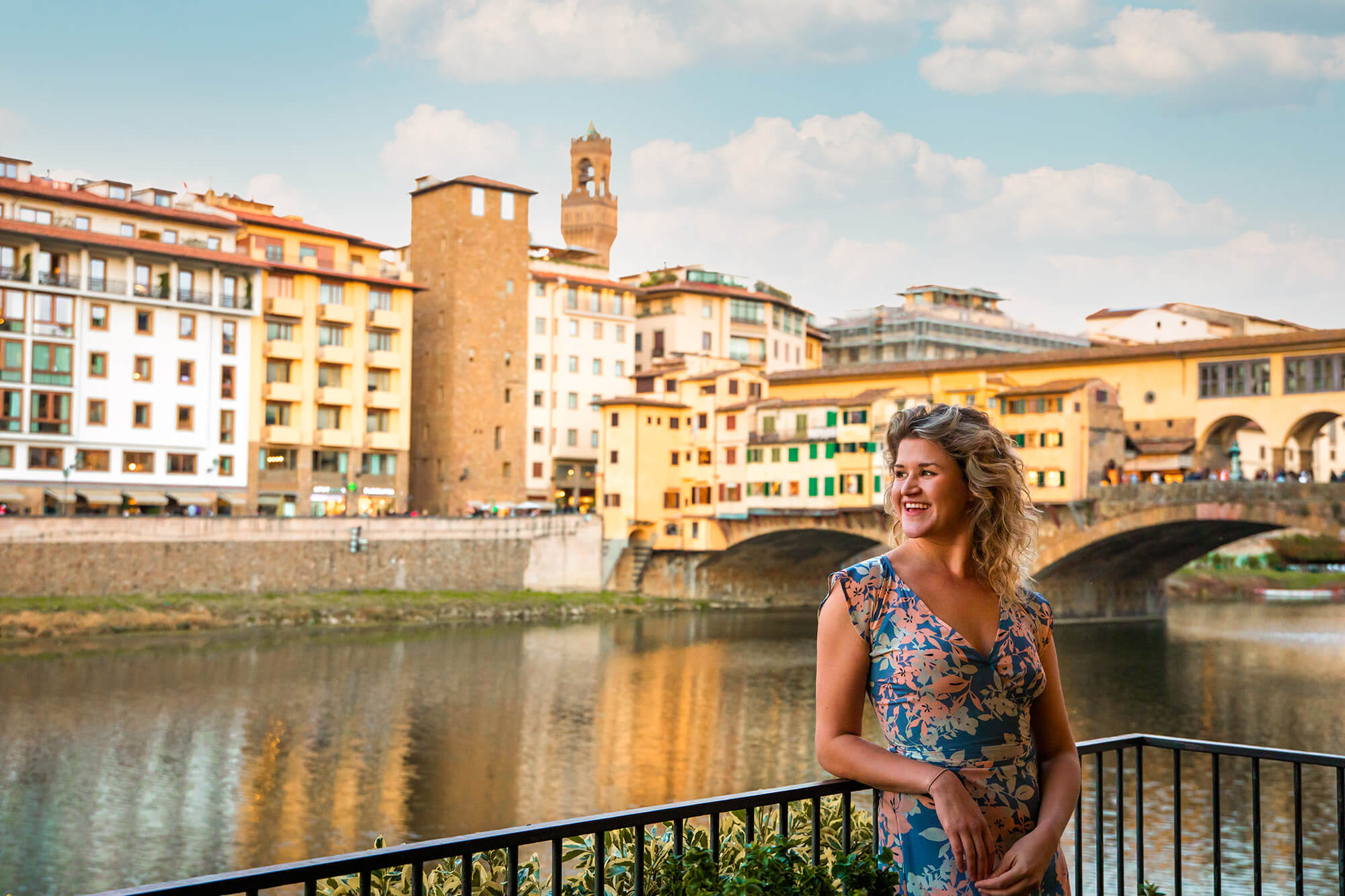Understanding Italy’s “New” Travel Visa Rules
7 January 2024
Travel Visa Requirements for Italy in 2024 & Beyond
Guiding you past the rumors so you can plan your visit stress-free
“OMG! I need a Travel Visa? What is ETIAS?!”
Of all the questions I get asked, the one regarding ETIAS and the mythical “Travel Visa” is by far the most frequent. Well, that along with anything regarding Travel & Entry Requirements into Italy, really. So this blog is probably overdue.
A few years back, around 2019, the European Union announced plans for the ETIAS program–aka the European Travel Information & Authorization System. ETIAS was intended to be user-friendly, built as an online database and website for easy applying. It would give travelers a “visa waiver” to be used in conjunction with traveler’s passport.
Unfortunately, for most people the only thing “current” with ETIAS is a general confusion and state of paranoia among travelers. While in the idea of uniting most EU countries (known as the Schengen Area) and adopting a program that increases safety, convenience and consistency in international travel is great, the launch of it has been anything but. And it has created quite a bit of confusion online (plus a few panic attacks, I’m sure). Especially on social media, where viral doses of misinformation spread wildly. Pretty wild considering that ETIAS still has not started and won’t until at least 2025.
In this post I’ll explain what (if anything) is new for 2024 regarding Travel & Entry Requirements into Italy, breakdown and explain what ETIAS is and what exactly it will eventually mean for travelers, as well as offer you some links and trusted online resources for more detailed information.
This blog will be updated as needed.
What You Need for Travel in 2024, and Why the Confusion
Mythbusting & Rumor Smashing
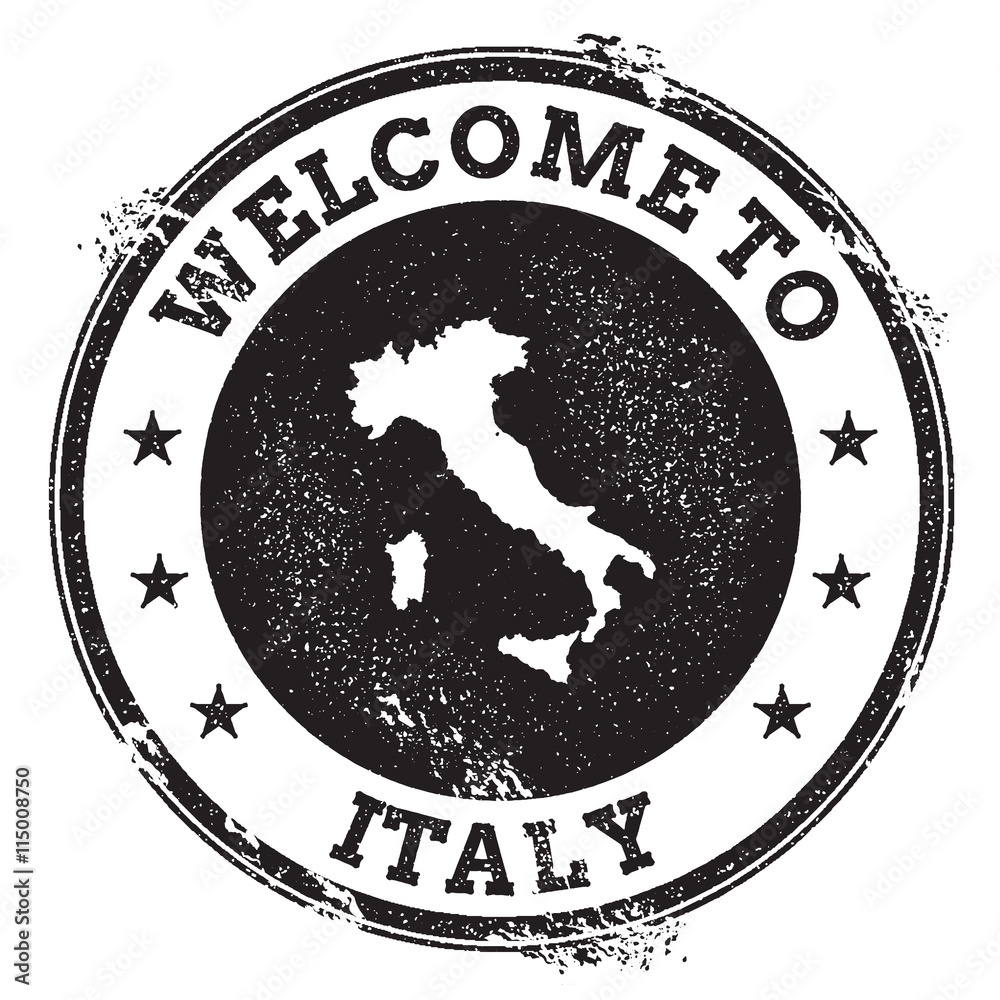
The majority of the current confusion regarding traveling to Italy centers around one simple question:
What do I need for entry into Italy?
The answer, for 2024, to be blunt: The same thing you needed for 2023, 2022 and so on (not counting any COVID-19 era vaccine mandates and such). And that is a valid US Passport.
There’s two things I’ve seen creating confusion online.
The first is the near-viral online discussion about Americans needing a Travel Visa to enter Italy starting in 2024. This is not accurate and not true.
This stems from people mixing up short stay (or tourist) “visa-exempt” status given to many countries, such as the US, and a yet to begin EU program for its member countries that will eventually require a “visa waiver” for travel to most of Europe.
That program, of course, is the aforementioned ETIAS. It was supposed to start in 2024 (well…2020), but there’s been few updates, and everything we know about the ETIAS Program comes from the original announcement a few years ago. It defines an area called the Schengen Area, basically the EU countries minus Cyprus and Bulgaria (but also includes non-EU Iceland, Norway, Switzerland and Liechtenstein. In March 2024, Bulgaria and Romania will join as well).
Eventually, once in place, ETIAS will require anyone traveling to Italy (or inside the Schengen Area) to apply for a “visa waiver” or “travel visa waiver”–it will be mandatory. It’s sort of a pre-paid passport stamp for 29 countries.
I will discuss ETIAS in additional detail in the next section, but, as of now, the EU says it will be ready next year–but that’s been said literally every year since the original announcement in 2019. So I certainly would not stress about it.
Of course, describing & equating ETIAS as a “Travel Visa” is a little disingenuous, and makes it seem like its something much more complicated than it is. It’s really not that big of a deal, to be honest. The wording used with ETIAS is what creates the confusion and is compounded by…
The wordy legal jargon of government websites and an acronym like ETIAS itself. Then you get different versions of what ETIAS will entail in PR releases every year for 5 years, and you end up with a lot of only partially correct information floating around.
But man, legal jargon. It’s the worst, seriously.
A particular example is the requirement for US Citizens traveling to Italy needing a “dichiarazione di presenza” or declaration of presence.
Well, fear and stress not. The dichiarazione di presenza is what that little stamp on your passport represents when crossing the border into Italy!
Be Sure to Check Out My Custom Amazon Recommendations Specific to this Blog! Personally Selected Items to Help Keep Your IDs, Passports, Travel Documents & More Safe During Your Travels!
You can also check out all the rest of my Amazon recommendations!
Screenshot of US State Department Website
Travel to Italy Quick Facts
Explaining ETIAS &
What That Means For You
Two Clicks, Ten Bucks, One Visa
Once ETIAS finally takes effect, while acknowledging anything “new” takes an adjustment period, the overall impact on future visitors to Italy will be minor.
ETIAS is a visa waiver that will screen travelers before they can travel to the region. So while people saying “OMG! I need a Travel Visa now?!” is, uh, kind of correct come 2025, it’s not quite accurate as the “Visa” is more of a simple waiver.
Think of it as an additional later of protection for all parties. It creates a uniform database of individuals travel and a second level of security for countries and their border/customs agencies.
From a personal standpoint, this will help fight things like identity theft and even human trafficking & kidnapping–which is an abhorrently growing problem for even the most industrialized nations. From the EU perspective, the benefits begin and end with national security for the member countries.
I suppose, in some ways the benefits could be a parallel to the “No Fly List” the TSA, FBI and FAA implemented in the United States post-911.
Regardless of your citizenship you most likely will need to apply and submit for ETIAS.
All visitors who previously traveled visa-free to Europe, such as visitors from the United States, Canada, Australia, and many others, will need an approved ETIAS to enter any ETIAS member country such as Italy, France, Germany and Spain.
All travelers, regardless of age, will be required to obtain an ETIAS, and the authorization will be valid for 3 years or until the date of passport expiration.
The process will not be obtrusive or time consuming. It actually will be pretty easy, all things considered.
For an ETIAS into Italy, these are the general requirements, though there are case by case exceptions:
- A valid passport with a minimum validity of 3 months from the expected date of departure from Italy
- Demonstrate to have sufficient financial means to support the stay in the country
- To not appear on the “non-admission” list of the EU
- International medical insurance (usually can be obtained or auto-included via cruise/airline, credit card, bank, etc, though most US health insurance plans have some sort of international protection)
- Accommodation or an invitation letter (IE documentation of your hotel plans, AirBNB, or a resident of Italy outlining your visit)
- A round trip ticket
The application itself is standard fare for international travel. Who you are, Where you been, What crimes have you committed, you know, that whole bag (for some reason I just inner-monologued that in Dr. Evil’s voice, from his therapy session in the Austin Powers movie. I admit this reference is probably going over people’s heads. Sorry, my brain is weird sometimes!).
It will be all done online, and cost a nominal fee. Originally it was supposed to be like 7 bucks, then I heard ten. Either way, won’t be anything like a US Passport fee!
Screenshot from the ETIAS Italy website
The entire process for a ETIAS visa waiver will be done online. The application will cover basic questions such as travel history & criminal record, and once approved will be valid for travel to all ETIAS countries for 3 years, or until your US Passport expires.
Keep Tabs on the Latest ETIAS 2025 News
A tl;dr Recap & Sites to Bookmark
I’m sure you may still have a couple questions or uncertainty regarding ETIAS & the travel visa/waiver. Unfortunately, due to the fact that the entire system has been pushed back yearly since 2018/19, there isn’t a ton of definitive information regarding any aspect of the program other than the bold-faced talking points given in brief PR releases by Italy & other E.U. member countries.
That said, there is enough established to clear up the basic misinformation going around, and most importantly to relieve the stress & anxiety that this adds for prospective visitors to Italy & Europe.
For the “tl;dr” crowd, remember these key bullet points:
-
- The ETIAS program will not begin until 2025 (at the earliest). The existing requirements for entry into the “Schengen Area” continue. For US citizens, a valid US passport is sufficient as it is a country exempt from needing a short-stay visa. This “short stay visa” & the new ETIAS “travel visa waiver” is where most of the confusion stems from.
-
- When ETIAS does take effect, the entire process will be done online. The application will be short, consisting of questions on travel history, criminal background & employment. In order to submit the application you will have to pay a non-refundable processing fee that can be paid only via a credit or debit card.
-
- Additional requirements for entry vary by country, and are separate than the ETIAS waiver. These are typically asked for at the entry point (for example, in the US, an airport’s Customs & Immigration). Italy’s established requirements are pretty standard, including establishing the financial means to support one’s self while there, travel plans/accommodations, and medical insurance.
-
- Once ETIAS system is in place, an approved application will be good for a maximum of 3 years. It will be automatically be invalid upon your US Passport’s expiration date, regardless if you seamlessly received an updated one, as each ETIAS waiver is “attached” to the passport you have upon applying. Basically: New passport = New ETIAS waiver.
-
- An approved ETIAS application grants you entry into any country in the Schengen Area. This is essentially the EU countries minus Cyprus and Bulgaria, but also includes non-EU Iceland, Norway, Switzerland and Liechtenstein. In March 2024, Bulgaria and Romania will join as well.
-
- Some important & helpful websites to visit &/or bookmark include:
- The US Embassy in Italy
- The US State Department on Italy
- Italy’s Ministry of Foreign Affairs and International Cooperation and their page for US traveler visa req
- The European Commission and their Schengen Area information page
- ETIAS Italy, a great source for everything ETIAS & Italy related, including Entry Requirements and the ETIAS Application info
- Schengen Visa, a go-to resource for those seeking information on Schengen policies, visa application procedures and visa requirements. (https://www.schengenvisainfo.com)
- Some important & helpful websites to visit &/or bookmark include:


